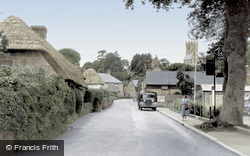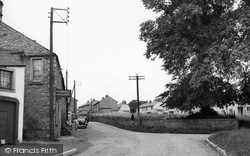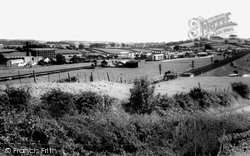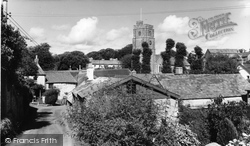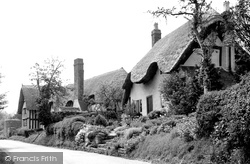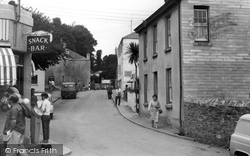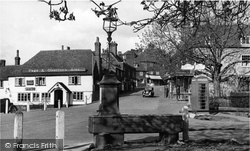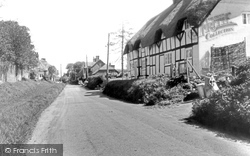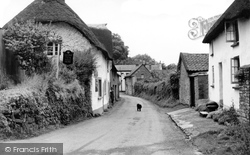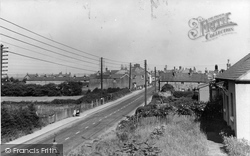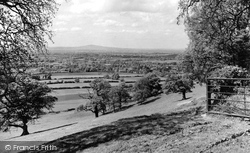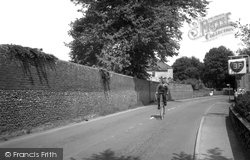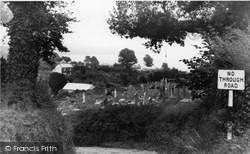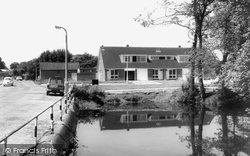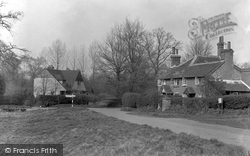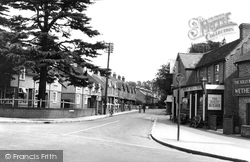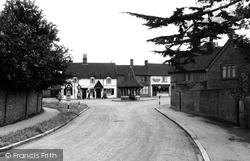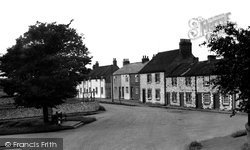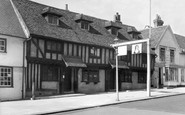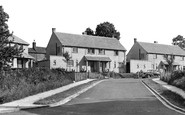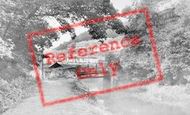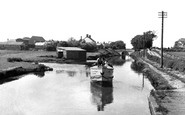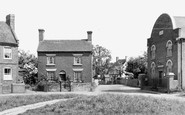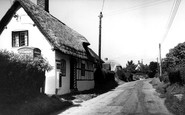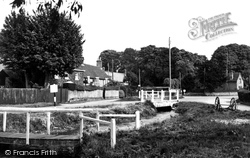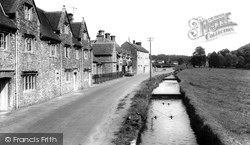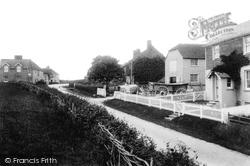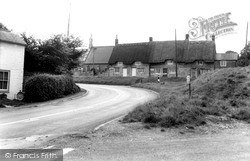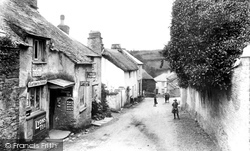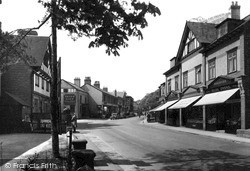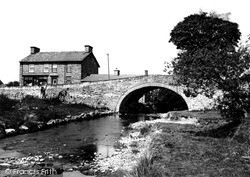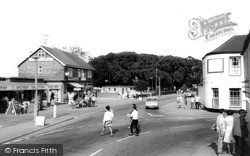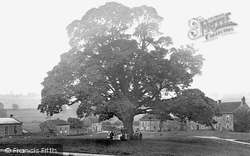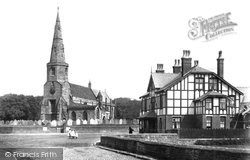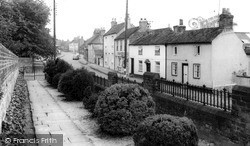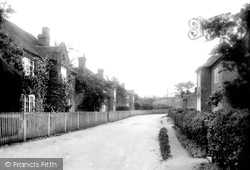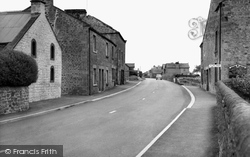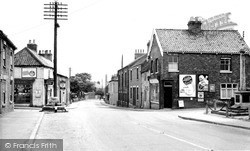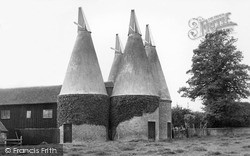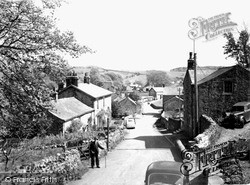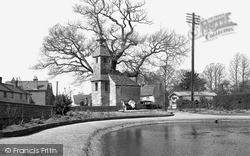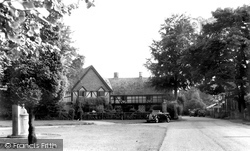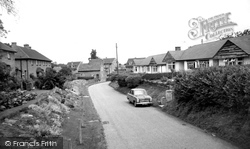Places
5 places found.
Those places high-lighted have photos. All locations may have maps, books and memories.
Photos
9,649 photos found. Showing results 221 to 240.
Maps
18 maps found.
Books
13 books found. Showing results 265 to 13.
Memories
4,612 memories found. Showing results 111 to 120.
A Traditional English Pub!
The Queen's Head is little changed - maybe a horse trough on the pavement but the front of the building is pure English village pub! It was the starting point for many a village pub crawl and some fun times pushing ...Read more
A memory of Pinner in 1966 by
Dads First Cattle
My dad had a yard here before the houses were built back in the 40s. He bought his first cows and used to milk them in a barn there. I can remember as a small child being in the barn with mum and dad when an aeroplane crashed ...Read more
A memory of Lower Heyford in 1940 by
Good Times
I lived at 14 oak street Chapel of Ease. I can remember the two estates being built and the bridge in the photo is also the way I went to school at the west end primary school. The red phone box is still there I believe, in the photo the ...Read more
A memory of Abercarn by
Evacuee
My name was Evelyn Smith "Eve". I was evacuated to my uncle and aunt's home during the war. My uncle was Sidney Smith - he was station master. We lived at 3 Coombe Lea. Miss Richardson was our school teacher - a really beautiful ...Read more
A memory of Tipton St John in 1940 by
Fishing
During the school holidays the canal and it's towpath became a playground for many of the village children. Several of us caught the fishing bug and used the canal many times throughout the holiday. We always looked out for a barge ...Read more
A memory of Wheaton Aston in 1956 by
Carnival
I lived and went school in Wheaton Aston, and once a year the village carnival was held. It had several floats that were themed and there was a MAYPOLE dance on the village green. It was also the home of the village bus stop. The ...Read more
A memory of Wheaton Aston in 1952 by
The Village Pond
When I was a child I often visited my Aunts who lived in Buckrells, the large house opposite the Volunteer Pub; one of the joys of these visits was escaping from the adults and exploring the village pond which was ...Read more
A memory of Seavington St Michael by
Old Post Office
My Great Aunt Alice Reynolds owned this cottage and ran the Village Post Office from here, until 1971. This explains why there is a telephone box in the garden! My mum and her two sisters were evacuated here in the war, then ...Read more
A memory of Easton Royal by
The Fair
Christmas and birthdays were an under-whelming time of year in our household. However, Eastertime, coincided with the arrival of Stanley Thurston's fair (and a big dollop of rain). l lived opposite Manor Rd Park (or reck) from 1956-64, and ...Read more
A memory of Luton
The Junction Of Hogmoor Road And Oakhanger Road Opposite Bolley Avenue
On this corner, where there’s now a pair of detached bungalows built, there used to be in the 1960s/70s a purple/red tin building which was called The Penny Cafe. Further down ...Read more
A memory of Bordon by
Captions
5,016 captions found. Showing results 265 to 288.
Ducks sometimes swim on the river flowing through this charming village, which used to be renowned for truffle hunting.
The village stands on the north bank of Doulting Water, also known as the River Sheppey. Thus the name of the village may also derive from the words 'dun', meaning 'a hill', and 'dwr', 'water'.
The Village 1903 Just off the road between Lyminge and Hythe, this jettied timber-frame cottage stands at the approach to the 13th-century church.
The most notorious abbot of Furness Abbey was undoubtedly Alexander Banks. One William Case, on behalf of the people of Sellergarth, sued him in court in 1516.
Older residents of Yardley Gobion will remember when this village had four pubs and five shops.
Slapton was one of the villages evacuated during the war. Villagers were given only a few days to pack up their belongings and move away.
Upton is an ancient Viking village just three miles from the Irish Sea.
Pontrhydfendigaid means 'bridge of the blessed ford', and this is that bridge. By it is the village shop.
The road is still the A52, with a few bends in the village centre. Skegness is to the right.
A wide green provides a focal point for this traditional Yorkshire village. In this picture we see, left, the old school, in use until 1967, now the village hall.
Waddington is now noted more for its large Royal Air Force station to the east of the village, but it grew up on a diversion of Ermine Street to the western scarp of the limestone ridge.
The village of Halsall is situated near to the Leeds and Liverpool Canal. The village once had its own grammar school; the building is now the choir vestry of St Cuthbert's.
This famous coaching inn was one of 14 inns or ale-houses in the village in the 19th century.
Here we are on the path up to the 13th-century All Saints' parish church. The village was established around the manor and three large estates; much of the land was owned by the Lennox family.
The most notorious abbot of Furness Abbey was undoubtedly Alexander Banks. One William Case, on behalf of the people of Sellergarth, sued him in court in 1516.
This village stands alongside the River?Stour, two miles south-west of Chilham. In the main street of the village, we see a nice picket fence and some typically ivy-clad buildings.
On the right we can see a finger post pointing to the church.
The village lies some nine miles from Hull. Near the centre of the village is the base of an ancient cross, consisting of the lower part of the shaft and elevated on three steps.
By Victorian times there were orchards, hop gardens and two sizeable breweries in the village.
Slaidburn nestles in a hollow with higher ground around it.As well as the River Hodder at the east of the village, it has Crossdale Brook running through it.
This village is a disappointment: its good bits are separated by development that started when the railway arrived in the 1880s.
Back at Chesham Bois Common, the common acts partly as a buffer between the village and Amersham, although it merges to the east and west.
This vital hub of the village was run for years by the Star family.
This small village, about three miles to the east of Loughborough, has in recent decades expanded to accommodate country- dwelling commuters.
Places (5)
Photos (9649)
Memories (4612)
Books (13)
Maps (18)


